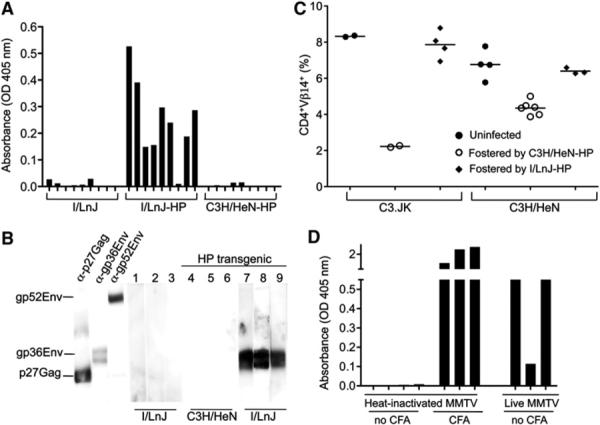Figure 1. Endogenous Replication-Competent MMTV Elicits Antivirus Immune Responses in Retrovirus-Resistant Mice.

(A) Serum samples from I/LnJ, I/LnJ-HP, and control C3H/HeN-HP multiparous females were tested for reactivity against MMTV virion proteins by ELISA. Because the virus-specific humoral immune response in I/LnJ mice is IFN-γ mediated (Purdy et al., 2003), anti-mouse IgG2a-specific Abs coupled to AP were used at the second step. OD 405: optical density at 405 nm. Nine mice per each group were tested.
(B) PVDF strips with separated virion proteins were incubated with mouse monoclonal Abs against capsid Gag (αp27Gag), transmembrane Env (αgp36Env), surface Env (αgp52Env), or indicated mouse sera. Anti-mouse polyisotypic Abs (for monoclonal Abs) or anti-mouse IgG2a-specific Abs coupled to horseradish peroxidase (HRP) were used at the second step. Numbers correspond to individual mice.
(C) Frequencies of peripheral Vβ14+ T cells among CD4+ T cells were determined in 10-week-old virus-susceptible mice fostered by either I/LnJ-HP or control C3H/HeN-HP females by FACS. Each symbol represents one mouse. None of more than 50 individual C3H/HeN-HP transgenic females tested produced uninfected animals.
(D) Sera from I/LnJ mice injected with either heat-inactivated or biologically active virus were tested for reactivity against MMTV virion proteins by ELISA. In parallel, a group of I/LnJ mice was immunized with heated MMTV virions in CFA. Anti-mouse IgG2a-specific Abs coupled to AP were used at the second step. Three to four mice were used per group in two independent experiments.
